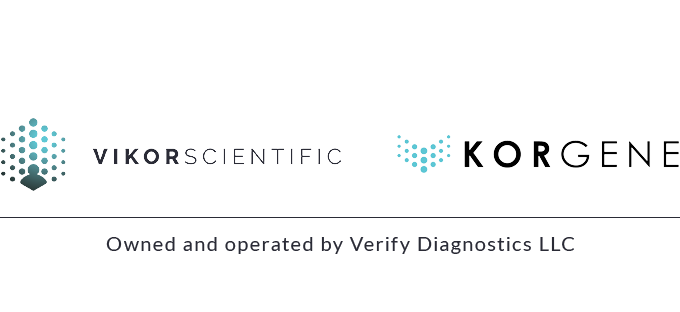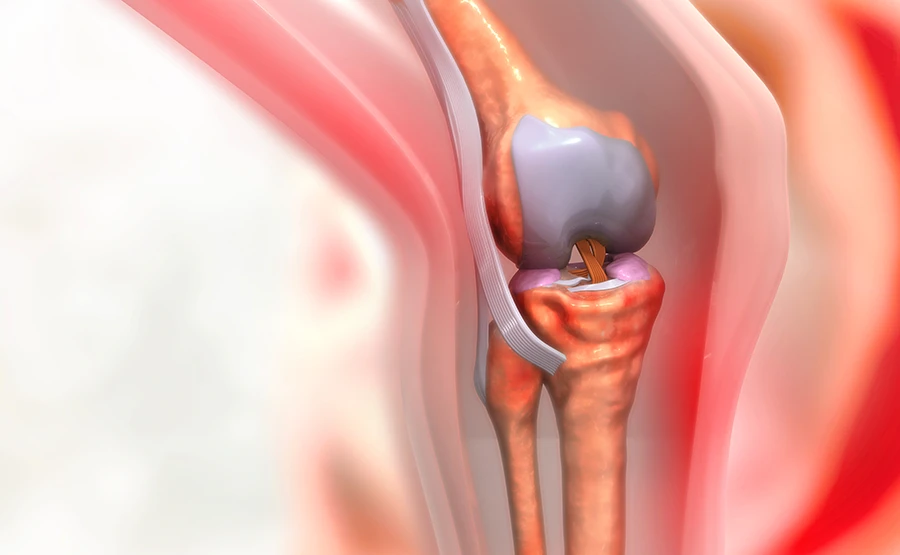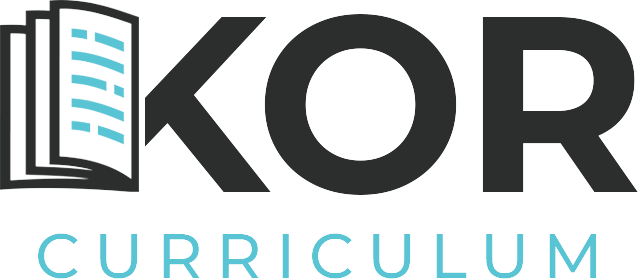Traditional methods for diagnosing joint infections, such as culture techniques, can be time-consuming and sometimes yield false-negative results due to the fastidious nature of certain bacteria.
As a result, patients are empirically prescribed antibiotics that may not appropriately treat the infection and further contribute to antimicrobial resistance. Prompt identification of causative pathogens is essential for both native and prosthetics joint infections. Septic arthritis in native joints can result in rapid destruction of the joint if not treated urgently, and ongoing biofilm formation on prosthetic joints significantly limits antibiotic options; often resulting in removal of the implant.1,2 PCR’s sensitivity and specificity make it particularly useful for detecting low-abundance pathogens in synovial fluid. This is crucial for early diagnosis and timely intervention, potentially preventing the progression of the infection and subsequent joint damage.
Another major advantage of Joint-ID is its ability to identify a wide range of pathogens, including bacteria, viruses, and fungi. This broad-spectrum detection is essential for tailoring appropriate antimicrobial therapy, especially in cases where the causative agent is not immediately obvious.
1 Mathews, C. J., Weston, V. C., Jones, A., Field, M., and Coakley, G.: Bacterial septic arthritis in adults, Lancet, 375, 846–855, https://doi.org/10.1016/S0140-6736(09)61595-6, 2010.
2 Löwik, C. A. M., Parvizi, J., Jutte, P. C., Zijlstra, W. P., Knobben, B. A. S., Xu, C., Goswami, K., Belden, K. A., Sousa,R., Carvalho, A., Martínez-Pastor, J. C., Soriano, A., and Wouthuyzen-Bakker, M.: Debridement, Antibiotics, and Implant Retention Is a Viable Treatment Option for Early Periprosthetic Joint Infection Presenting More Than 4 Weeks After Index Arthroplasty, Clin. Infect. Dis., 71, 630–636, https://doi.org/10.1093/cid/ciz867, 2020.
Clinical Solution
Vikor Scientific™ offers the clinician access to one of the most advanced molecular methodologies for pathogen detection, quantification, and resistance gene identification. Vikor delivers rapid and precise results simultaneously with actionable guidance, which incorporates regional sensitivity and susceptibility patterns, medication costs, antibiotic spectrum of activity, and treatment guidance for providers to consider when determining what’s best for their patients.
The end product is a patient-centered, value-based care solution that enables providers to make informed treatment decisions that could avoid inappropriate therapy, excess costs, adverse drug events and the progression of disease.
Clinical Advantages
- Prevents delays in diagnosis and treatment (*results within 24 to 48 hours post specimen arrival to lab)
- Detects polymicrobial infections simultaneously
- Identifies up to 49 antibiotic resistance genes in 13 antibiotic classes including Methicillin, Carbapenem and Vancomycin resistance
- Reduced susceptibility to being affected by concurrent antibiotic therapy
- Can help reduce risks of drug exposure and adverse events
- Can help decrease the progression and spread of infection
- Provides up-to-date regional sensitivity and susceptibility patterns
- Improves selection of narrow-spectrum antibiotics
- Prepares clinicians to make cost-effective treatment decisions
- Easily accessible results (mobile, web-portal or EMR integration)
* Test results could be delayed in some circumstances when there is error in clerical documentation, collections, lab handling, or a delay in shipping.







